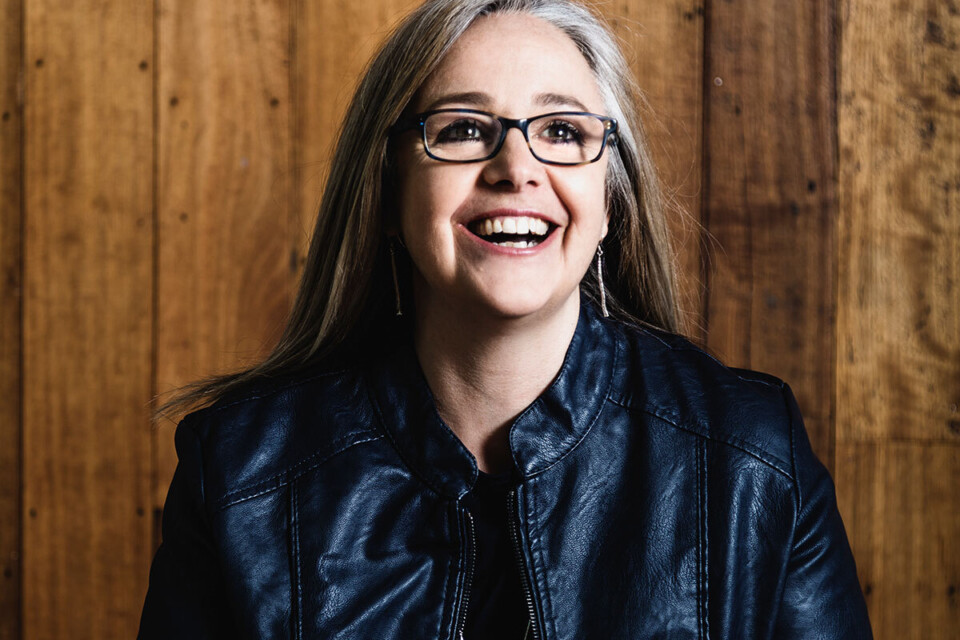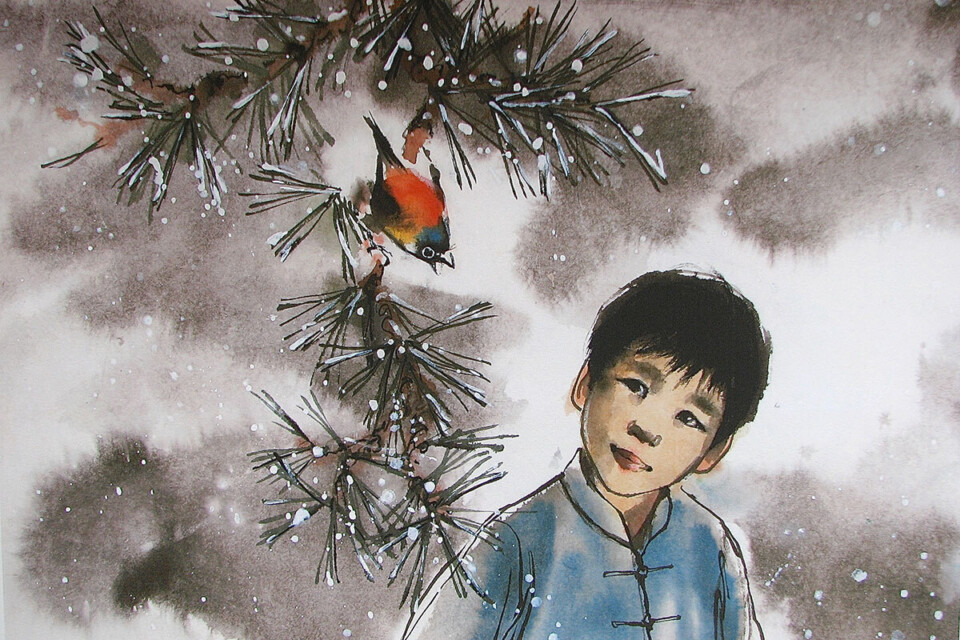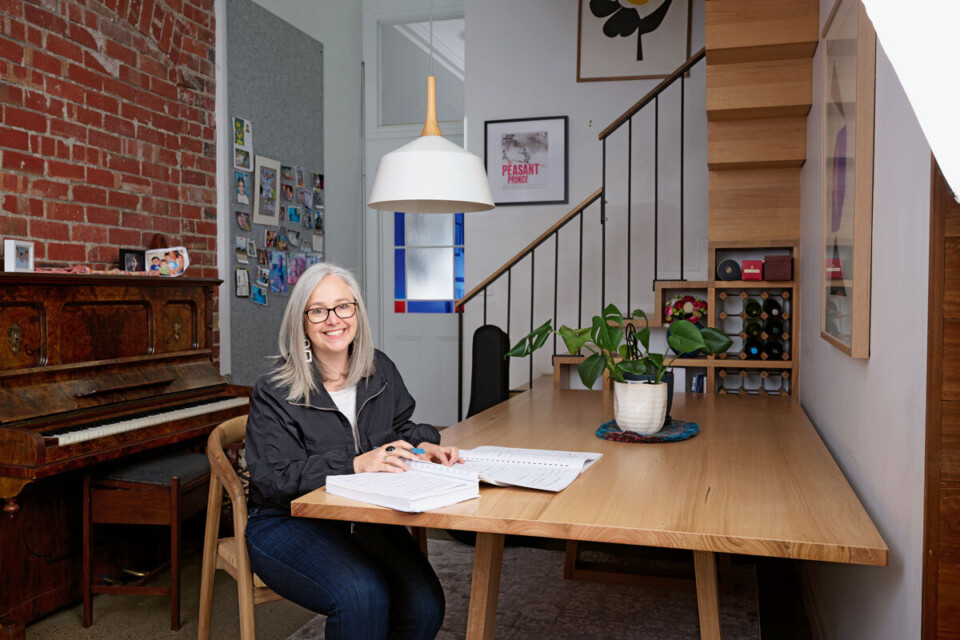Australian composer and MSO 2024 Composer in Residence Katy Abbott knew she’d found a special book when she had an unexpectedly emotional reaction while reading it to her twins. “I remember sitting on the couch with my kids before bed one night – I had a twin on each side – and there was this particular part in the story where I just got really choked up,” she says.
"I had the thoughts, ‘Oh, if I’m getting choked up about this,
that’s a signal for me that I can do something with this piece’.”
“I really love pulling out those things to demonstrate different ways of hearing sound… that it’s not just a note or harmony set in a singular way – you can actually do something with that note to give it a different colour, a different feeling, a different flavour.”
The story was The Peasant Prince, the picture book version of the acclaimed memoir and film Mao’s Last Dancer, which tells the story of ballet dancer Li Cunxin’s extraordinary journey from a rural Chinese village to the world stage. Abbott was tasked with adapting the story into an orchestral work, which was first performed by the Adelaide Symphony Orchestra in 2009 and will be presented by Abbott with the Melbourne Symphony Orchestra in June.
It was Li’s determination and courage that resonated with Abbott. “It wasn’t just about the grit – it was about the circumstances under which the grit and determination occurred,” she says. Abbott was also struck by the themes of family, and hope, as well as loneliness and distance from what is home that are woven throughout the story - themes that became key musical motifs as she orchestrated the piece. The work also includes narration of Li’s story which interplays with the orchestra.
As a trained teacher, Abbott was intent on creating a symphony that would resonate with young listeners and encourage them to think about music in a new way. She explains that the “story within a story” that Li tells of a frog (which represents Li) trapped in a well is one of the key themes to listen out for.
Musically, the frog theme has two parts; a “trapped static part” and “a rising and falling motif”, which appear consistently throughout the 30-minute work. “It starts with a double reed sound and it’s just two oscillating notes… it’s very linear,” explains Abbott.
“Then, when the frog starts to jump and hop, we bring the whole Orchestra in. The entire pitch range depicts the hopping of the frog, with low instruments going up quite high and then coming all the way down again to create these zigzags of up and down motion, of trying to get up and failing and falling. I tried to embed it in a way that wasn’t super obvious, but if you’re a keen listener and you know the theme of the frog, you might be able to hear it in different ways throughout the piece and see where it’s been fragmented or re-orchestrated.”
Another theme to listen out for is the “lonely” theme, a four-bar melody and harmony played on different families of instruments. "You might hear it with the woodwind, with some really breathy, glassy sounds, and then you’ll hear it warmly with the horns, then in different versions on the strings, and so on,” explains Abbott.

“I really love pulling out those things to demonstrate different ways of hearing sound… that it’s not just a note or harmony set in a singular way – you can actually do something with that note to give it a different colour, a different feeling, a different flavour.”
Since 2009, The Peasant Prince has been performed several times across the world. The Tasmanian Symphony Orchestra released a recording of the work in 2020, for which Li provided narration. Abbott flew to Brisbane for the recording.
“That was very moving,” she recounts. “I remember sitting there with him and at one point, he choked up when he was reading out his own story. It was beautiful, actually.”
Composing this piece was the first time Abbott had worked with a narrator and orchestra – an exercise that has proved unexpectedly fruitful. “In playing with [narration], I think I found another voice of mine,” she says. “I loved working with the narrator and the music so much that I now really want to deliberately incorporate narration, and I have been getting quite nuanced and detailed about exactly where the narration comes in.” Abbott has since incorporated narration into other works including Hidden Thoughts I: Do I Matter?and the forthcoming Hidden Thoughts III: Stories of Awe.
Ultimately, she says, The Peasant Prince offers a chance for younger listeners to engage with orchestral music in a way that lets them “be whole human beings”.
“I knew that I wanted to incorporate all the emotions because I can get frustrated with kids’ music – I think it’s changing now – but, particularly when I wrote this piece, there was still a lot of happy, bouncy, energetic music [for children].
“I remember as a quiet child, I used to get exhausted by that all the time. And, kids, although they are less experienced as adults with life, still have the full range of emotions that they experience.”

Classic Kids: The Peasant Prince
31 May & 1 June 2024
Arts Centre Melbourne, Hamer Hall
